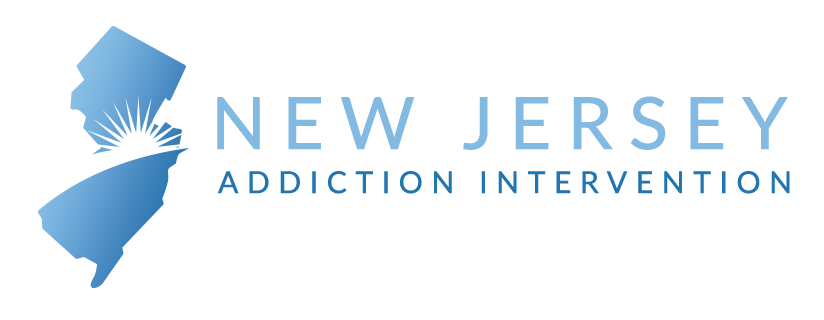Opiates or opioids are the same and are a type of narcotic that causes rapid physical dependency. When someone is physically dependent on a drug such as an opiate, they are diagnosed with Opioid use disorder. OUD occurs when someone abuses opioid drugs regularly for several weeks.
Opiates/opioids include prescription painkillers, heroin, fentanyl, and methadone. These drugs are dangerous and cause someone to get physically hooked on them; they are often laced with fentanyl and cause accidental overdose and death.
Why does Addiction to Opiates Cause Illness?
Someone will get sick from using opiates because the brain stops making normal chemicals that regulate pain and pleasure. The brain automatically sends its own painkillers to help someone when they get scratched, fall down, get burned, or have other minor pains. The painkillers sent to reduce the physical sensation of pain are called endorphins.
When someone ingests opiates, they tell the brain it does not need to provide endorphins because the body is getting painkillers from an outside source. Additionally, the brain stops producing dopamine, which allows a person to experience a pleasure. Without endorphins and dopamine, the body will become sick without the external source providing it.
How Quickly Does Opiate Withdrawals Start?
Once people have used opiates for a month, their body is physically dependent. If they do not use an opiate daily, they will become ‘dope sick.’ Since their brain has not produced endorphins or dopamine, the opiate addict gets violently sick in a matter of hours since the last use if they are severely addicted.
Opioid use disorder causes debilitating withdrawal symptoms for some in as few as 4 hours after the previous use and with less severe addiction within 12 to 24 hours. The symptoms are excruciating and include the following:
- Nausea and Vomiting
- Profuse Sweating
- Hot and Cold flashes
- Fever and Chills
- Rapid Pulse
- Muscle and Bone Aches
- Restless Leg Syndrome
- Anxiety and Depression
- Severe Insomnia
- Intense Cravings
How to Relieve Opiate Withdrawal Symptoms Naturally
Many holistic remedies can minimize opiate detox symptoms. Hot and cold flashes can be remedied with hot baths or showers, nausea, and over-the-counter medication such as meclizine (Dramamine) and Pepto Bismal for nausea and vomiting. Imodium AD is also known for helping control diarrhea, but off-label it relieves opiate cravings. Other homeopathic remedies to take and do during the withdrawals include:
- Using Herbal Supplements that aid relaxation (melatonin, valerian root, kava)
- Drinking Kratom or other naturally sedating teas (chamomile, lavender)
- Watching uplifting movies and listening to music
- Eating a plain diet of Bananas, Rice, Applesauce, and Toast when nauseous
- Keeping sweets and other comfort food available
- Talking to others for support every day
What Do Doctors Say About Opiate Withdrawal?
According to the National Institute on Drug Abuse, opiate withdrawals are very dangerous. They recommend that a person receive a medically supervised detox instead of trying to do it alone. The remedies suggested as a holistic method can help, but withdrawals are severe and hard to endure. NIDA states:
Opioid withdrawal occurs when a patient dependent on opioids suddenly reduces or stops taking opioids. When opioid withdrawal signs are present, pharmacological management of opioid withdrawal is needed. Symptomatic treatment in opioid withdrawal includes loperamide for diarrhea, promethazine for nausea/vomiting, and ibuprofen for myalgia. Clonidine can be given to reduce blood pressure. Long-term opioid replacement is accomplished using methadone or buprenorphine. (NIDA, 2022)
Help For Opiate Withdrawal is Here
Going through opiate withdrawal is challenging; the symptoms can last more than two weeks. We recommend medically supervised detox or using suboxone at home with holistic remedies. There is no fast way to end opioid addiction.
We provide the medications and the counseling to help people end their hang up and start their life over. Call now to be supported right now.
Medically Reviewed: November 7, 2022

All of the information on this page has been reviewed and verified by a certified addiction professional.

